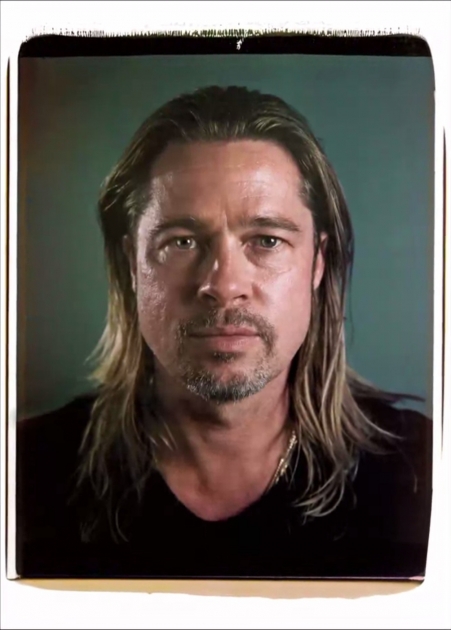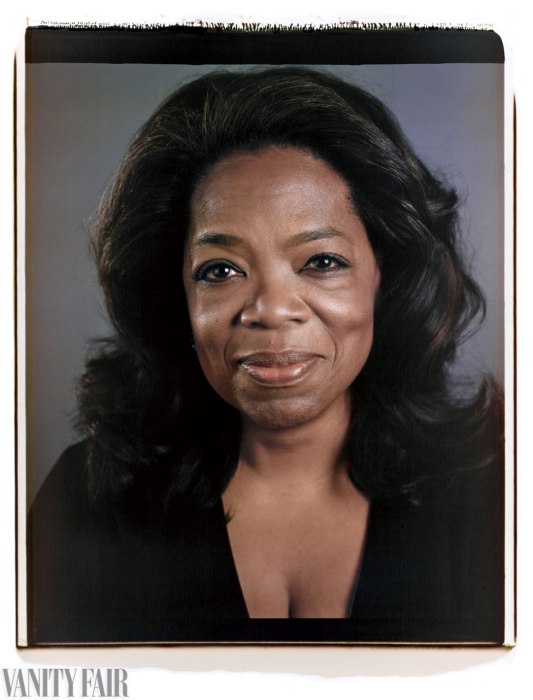Photo by my favorite contemporary portrait photographer using alternative processes, Giles Clement.
Not just a toy
Polaroids are too often dismissed as being merely "fun time" cameras. While Polaroid cameras are technically easy to use and known for their charming unpredictability, they are most definitely not just toys. Photographers and artists from Walker Evans and Andy Warhol to Chuck Close and Robert Rauschenberg have proven that a thousand times over. If I can put the money where my mouth is for a moment, an Ansel Adams polaroid broke the artists record selling for $772,500 at a Sotheby's auction of The Polaroid Collection, a collection of thousands of artists' Polaroids that were amassed over nearly six decades. Here is just a handful of the magic a few of my favorites have made.
DAVID HOCKNEY
In the 1980's David Hockney made massive collages using polaroid peel apart film. He called these composites "joiners" and stopped painting for years to work on this technique exclusively.
CHUCK CLOSE
Chuck Close used the enormous 20x24 inch Polaroid to create these composites in the 1980's. Close posed just 4 inches away from the camera to make this collage of his own face.
WALKER EVANS
Near the end of his life the great Walker Evans, famous for the photographs he made during the Great Depression, created an incredible body of work using Polaroid sX-70. He shot thousands of Polaroids before he died, and said "Nobody should touch a polaroid until they're at least sixty...It reduces everything to your brains and taste."
MARY ELLEN MARK
One of my personal heros, Mary Ellen Mark used the 20x24 in a much different way. In the Early 2000's she photographed the Twins Day Festival and couples at their prom creating gorgeous, intimate portraits.
ANDY WARHOL
It's nearly impossible to think of Andy Warhol without thinking of polaroid. So much so that Rob Pruitt's statue, Andy Monument, shows him with an sx-70 around his neck. He took thousands of polaroid pictures, favoring the Big Shot, and often used them to create his screenprints. These polaroids were recently published in a book, ANDY WARHOL: POLAROIDS
ANSEL ADAMS
Ansel Adams worked closely with Polaroid inventor Edwin Land for decades. Land hired Adams to test out his cameras and film and offer professional feedback.
Everybody's got a polaroid story
The last decade has been a tough one for Instant Photography. in 2008, when Polaroid stopped film production people were angry. I know, i was one of them. Maybe you were too. But thanks to companies like Impossible Project and Fuji and Lomography and newer ones like Mint and New 55 the renaissance of instant film is here and-fingers crossed- not going anywhere fast. "Shake It: A Modern Polaroid Love Story" is an hour long radio show that get's to the heart of why so many people can't let polaroids go. it's filled with historical tid bits, interviews with artists and the folks who are literally keeping instant film alive, and the sweet sound of a newbies first polaroid. Plus- to shake or not shake? Listen and find out.
DR. LAND AND HIS MAGIC CAMERA
“AN ESSENTIAL ASPECT OF CREATIVITY IS NOT BEING AFRAID TO FAIL”
Polaroid began with a simple question from a 3 year old girl, "Why can't I see it?" The "it" she was referring to was the photo her father had just taken of her. Her father just happened to be Dr. Edwin Land and 5 years later, in 1948, the first polaroid cameras hit the shelves. Within a decade it became a worldwide icon. Now nearly 70 years- and a digital phenomenon- later, instant photography remains a staple of contemporary photography. Read a little more about the genius behind Polaroid and why he is often compared to Steve Jobs, here .
Chuck does it again
Brad. Chuck. Polaroid. It doesn't get any better than that. In 2014 Chuck Close photographed some of Hollywood's most sought after actors with my personal most sought after camera. A 20x24 inch beauty that produces life size images that'll knock your socks off. Check out some more of these incredible portraits and an interview with Mr. Close about the process here.
A Ghost in the Machine
I love a good ghost story almost as much as a good Polaroid. Never have those two worlds collided in such a spectacular way than in this jaw-dropping, true story from Snap Judgement. It's a quick listen that will leave you with chills and is just one more reason why you should dust off that old polaroid and start shooting. Take a look some of the polaroids from the story here or check out the book Seeing Things: Ghost Polaroids.
NEW KID ON THE BLOCK
The Impossible I-1 hit the shelves on May, 10 and is making a splash with manual control that has been unheard of for instant cameras until now. A flash ring opens the doors for softly lit portraits, an app turns your phone into a remote trigger, and now instant photographers will have full control over aperture and shutter speed. The good folks at Impossible Project also released a brand spankin' new-and cheaper!- film designed for the I-1. Read more about this new bad ass, plus an easy-to-understand explanation of the crazy chemistry that goes into making instant film.















